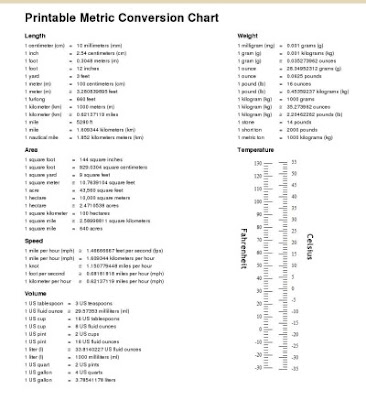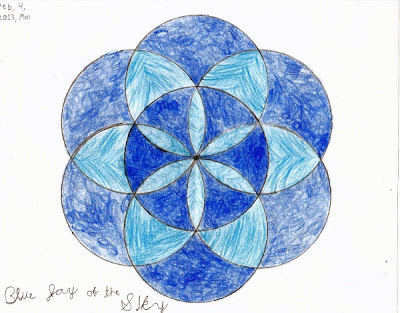Example of failed problem solving
My intention for today's post was to solve a problem, and write down my thinking process, so it would be an example of problem solving process.
But I failed to solve the problem!
I went to this site first but the problems there looked routine, plus I didn't want to choose a calculus problem but keep it somewhat simple.
Then I went to MathsChallenge.net and looked at their one-star problems... they seemed kind of easy, I was able to "see" the solution immediately. I wanted a problem that I personally could not solve just by reading it.
I finally settled on a two-star geometry problem.
It has a right triangle and lines drawn in it, and you're supposed to prove that a certain angle is equal to another angle.
The details of this are not important so I'm not going to post here all that I typed... (I tried to type in my thinking process while solving it). I quickly saw some right triangles there, and that instead of proving the angles equal, I could try prove a certain line segment to have the same lenght as another line segment.
Then I tried sines, a bit of algebra, similar triangles, all sorts of things... I tried something, then would think "this doesn't work", and try something else. The problem seemd to be so simple so I was looking for a simple solution and didn't want to try
"heavy tools" such as cosines and sines.
After a long while (well it seemed like it, maybe 1/2 hour) I thought it was getting too lenghty, because after all, I cannot take hours to make a single blogpost. So I clicked on the solution.
It had a CIRCLE! Seeing the circle drawn in the picture, I saw the solution immediately.
It was kind of a "think-out-of-the-box" problem. There was no circle draw in the problem, yet the solution had it.
So from now on, I will not forget to think about circles when solving geometry problems, even if the problem only shows me triangles or whatever.
The morale of this story? Choose one:
*Do not ask Mrs. Miller any geometry problems - she can't solve them.
*Do not use MathsChallenge.net two-star geometry problems for your word problems - you might get stumped and get a low self-esteem for the rest of your life. (just joking! :^)
*Do not use geometry problems as examples of word problems since they are not word problems!
Well, actually the "take home messages" I want you to remember are these:
And here's part of the "failed attempt" thinking process... if you're interested:
Tags: math, mathematics
But I failed to solve the problem!
I went to this site first but the problems there looked routine, plus I didn't want to choose a calculus problem but keep it somewhat simple.
Then I went to MathsChallenge.net and looked at their one-star problems... they seemed kind of easy, I was able to "see" the solution immediately. I wanted a problem that I personally could not solve just by reading it.
I finally settled on a two-star geometry problem.
It has a right triangle and lines drawn in it, and you're supposed to prove that a certain angle is equal to another angle.
The details of this are not important so I'm not going to post here all that I typed... (I tried to type in my thinking process while solving it). I quickly saw some right triangles there, and that instead of proving the angles equal, I could try prove a certain line segment to have the same lenght as another line segment.
Then I tried sines, a bit of algebra, similar triangles, all sorts of things... I tried something, then would think "this doesn't work", and try something else. The problem seemd to be so simple so I was looking for a simple solution and didn't want to try
"heavy tools" such as cosines and sines.
After a long while (well it seemed like it, maybe 1/2 hour) I thought it was getting too lenghty, because after all, I cannot take hours to make a single blogpost. So I clicked on the solution.
It had a CIRCLE! Seeing the circle drawn in the picture, I saw the solution immediately.
It was kind of a "think-out-of-the-box" problem. There was no circle draw in the problem, yet the solution had it.
So from now on, I will not forget to think about circles when solving geometry problems, even if the problem only shows me triangles or whatever.
The morale of this story? Choose one:
*Do not ask Mrs. Miller any geometry problems - she can't solve them.
*Do not use MathsChallenge.net two-star geometry problems for your word problems - you might get stumped and get a low self-esteem for the rest of your life. (just joking! :^)
*Do not use geometry problems as examples of word problems since they are not word problems!
Well, actually the "take home messages" I want you to remember are these:
- Do NOT give up at non-routine problems too soon.
- Monitor your progress: expert problem solvers keep 'mental track' of whether they're getting closer of the solution. If on wrong path, they abandon it and start with something different.
- After struggling for a while, even if you do 'cheat' and look at the solution, the time was not lost - you often learn something valuable that you don't forget easily.
And here's part of the "failed attempt" thinking process... if you're interested:
"...I remember from recent stuff that triangles ACC' and BCC' have same area - if that happens to help any.
don't know if the angles aplha etc are related to the areas of the three subtraingles.
Or if, since C is right angle and ABC is a right triangle, woudl it happen to be similar to one ofthe subtriangles?
Well they share side AC (that won't matter) but they SHARE an angle (angle A). So yes they rae similar.
So angle alpha = angle B.
So if alpha = gamma (supposed to rpove that) then triangle CC'B is isosceles.
But converse also true; if I can prove triangle CC'B isosceles, from which follwos that gamma = B.
Thinking some more while keenly looking at the pic. How could i prove those two sides are equal lenght? Could I prove CC' = C'A ? That would be isosceles triangle there too (ACC')
Thinking again of the areas of triangles... since two of them are equal./.. using other kind of height..?
I might be on wrong path. Look again at the angles alpha gamma beta. Since alpha = angle B, then beta + gamma = 90- alpha = angle A. There is another pair of similar trianlges ther e(CDB and the big one). Hee should have found that earlier.
Would simple algebra help?
beta + gamma = A = 90 -alpha.
alpha = angle B
B+A =90 so B =
Substitue
beta + gamma = A = 90 -alpha.
alpha = 90-A
need to prove alpha = gamma so get rid of beta please.
No this is not getting anywhere.
The righgt triangles might still lead to the answer.
How about sine theorem:
sine alpha/AD = sine 90/AC
sine gamme /C'B =sine B/CC'
Sine B/AC =sine 90/AB = sine 90/2C'B
sine 90 is 1.
substitute
sine alpha/AD = 1/AC => sine alpha = AD/AC. Heh knew this.
sine gamme /C'B =sine B/CC' = >Sine gamma = sine B/CC' * C'B.
Sine B/AC =1/AB = 1/2C'B
Sin B = AC/AB and is same as sine alpha
Sine alpha =
Not getting anywhere! I feel embarrassed.
Somehow get alpha/beta from the areas or from the side length ratios?
Sine alpha = AD/AC
AI also have to use the fact C' is middle point.
Areas? COsine law?
...."
Tags: math, mathematics


Comments